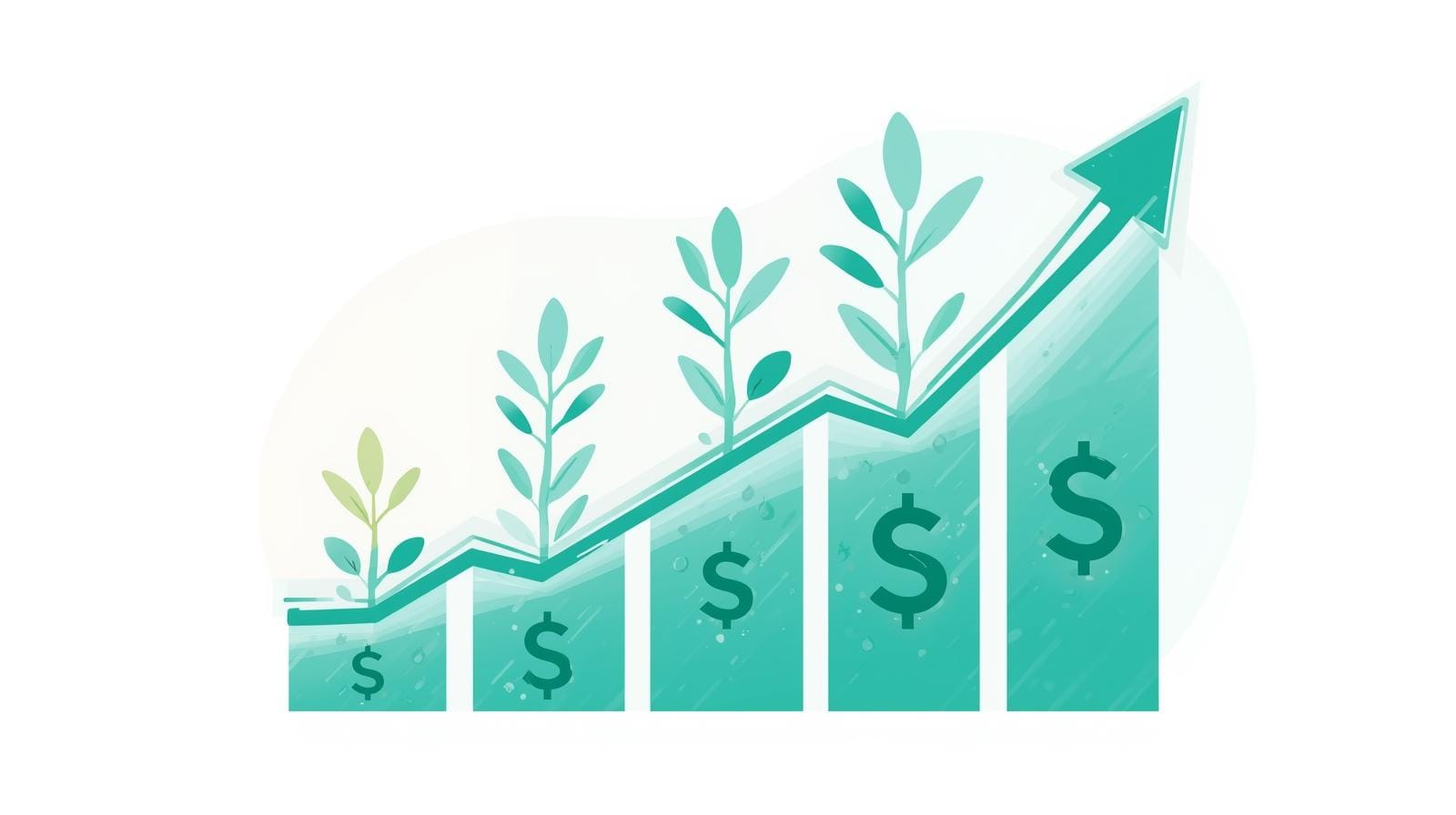Commercial Paper Outstanding; Maturing After December 31
This dataset tracks commercial paper outstanding; maturing after december 31 over time.
Latest Value
1053480.57
Year-over-Year Change
229.50%
Date Range
1/3/2001 - 12/25/2024
Summary
Tracks commercial paper outstanding after December 31st. Provides a snapshot of total corporate short-term debt obligations.
Analysis & Context
This economic indicator provides valuable insights into current market conditions and economic trends. The data is updated regularly by the Federal Reserve and represents one of the most reliable sources for economic analysis.
Understanding this metric helps economists, policymakers, and investors make informed decisions about economic conditions and future trends. The interactive chart above allows you to explore historical patterns and identify key trends over time.
About This Dataset
This metric represents the aggregate value of commercial paper still active after the year-end. It offers insights into corporate financial positioning.
Methodology
Calculated by summing commercial paper outstanding past December 31st.
Historical Context
Used by economists to assess corporate financial strategies and market conditions.
Key Facts
- Reflects year-end corporate financial positions
- Indicates short-term borrowing trends
- Important for financial market analysis
FAQs
Q: What does this commercial paper metric show?
A: It represents the total commercial paper still outstanding after December 31st. Provides a year-end snapshot of corporate debt.
Q: Why is this data significant?
A: It helps analysts understand corporate financial strategies and short-term borrowing patterns at year-end.
Q: How frequently is this data collected?
A: Typically gathered annually, focusing on commercial paper outstanding after the calendar year's end.
Q: What factors influence this metric?
A: Corporate financial strategies, market conditions, and interest rates impact commercial paper outstanding.
Q: How do investors use this data?
A: Investors analyze this metric to assess corporate financial health and potential market trends.
Related News

U.S. Stock Indices Rebound After Tech Stocks' Recent Decline
US Stock Indices Rebound: Understanding the Market Recovery The recent surge in the US stock market marks a significant upturn, with key indices such as the Nasdaq and S&P 500 leading this recovery. The primary metric underpinning these shifts is the civilian employment-to-population ratio, reflecting positive economic momentum. This boost in indices can be linked to a complex interplay of factors, including recent economic data, renewed market optimism, and evolving investor behavior, casting

U.S. Stocks Hit New Highs After Federal Reserve Meeting
S&P 500 Hits All-Time Highs Post-Federal Reserve Meeting The S&P 500 record high signifies a landmark achievement for the U.S. stock market, further amplified by recent financial developments. Following a pivotal Federal Reserve meeting, U.S. stocks hit new highs, with the S&P 500 performance, Dow Jones reaching new records, and Nasdaq soaring to a peak, collectively illustrating a robust market outlook. This surge reflects strong investor sentiment, with the Fed's policy announcements acting a

Impact of U.S. Treasury Yields Rise After Fed Rate Cut
The Impact of a Treasury Yield Rise on the U.S. Economy After a Fed Rate Cut The current rise in the 10-year Treasury bond rate has caught the attention of economists, investors, and policymakers alike. Treasury yields, particularly the 10-year Treasury bond rate, act as a key indicator of the economic outlook in the United States. They affect interest rates, the bond market, and expectations for inflation. Understanding their fluctuations can offer insight into financial markets and help guide

U.S. Jobless Claims Spike, Followed By Decline, Layoffs Remain Low
U.S. Jobless Claims Spike and Decline: Insights into Labor Market Trends U.S. jobless claims recently spiked, only to decline soon after, highlighting interesting patterns in the labor market. At the heart of these shifts lies a tale of layoffs and employment dynamics that paint a picture of the U.S. economy's current state. These fluctuations in jobless claims explain broader economic metrics like the unemployment rate and employment rate. This overview offers a window into the complex interpl

U.S. Treasury Yields Rise After Fed Rate Cut Analysis
Treasury Yields Surge: A Curious Twist in Monetary Policy Amid a surprising financial twist, the current 10 year treasury rate is on the rise even as the Federal Reserve cuts interest rates. This unexpected development has economists scratching their heads, as typically, a cut in the Federal funds rate leads to lower yields. Treasury yields represent the interest rate the government pays bondholders, functioning as a vital signpost for the health of the economy. Generally perceived as one of th

U.S. Treasury yields fall after unexpected PPI decline
Exploring the Impact of Treasury Yields After an Unexpected PPI Decline Treasury yields have seen a noticeable decline following an unforeseen drop in the Producer Price Index (PPI), which signals a shift in economic expectations. Treasury yields, reflecting the return on investment for U.S. government bonds, serve as key indicators of economic health. An unexpected decline in the PPI, a measure of wholesale inflation, has led to immediate implications on these yields. This also puts the spotli
Related Trends
Consumer Price Index for All Urban Consumers: All Items in U.S. City Average
CPIAUCNS
Capacity Utilization: Total Index
TCU
Commercial and Industrial Loans, All Commercial Banks
TOTCI
Share of Foreign Born in Home Owners Loan Corporation (HOLC) Neighborhood A
RLMSHFBHOLCNA
Home Ownership Rate in Home Owners Loan Corporation (HOLC) Neighborhood C
RLMSHHORHOLCNC
Share of Foreign Born in Home Owners Loan Corporation (HOLC) Neighborhood C
RLMSHFBHOLCNC
Citation
U.S. Federal Reserve, Commercial Paper Outstanding; Maturing After December 31 (DTBSPCKNYRENDWW), retrieved from FRED.